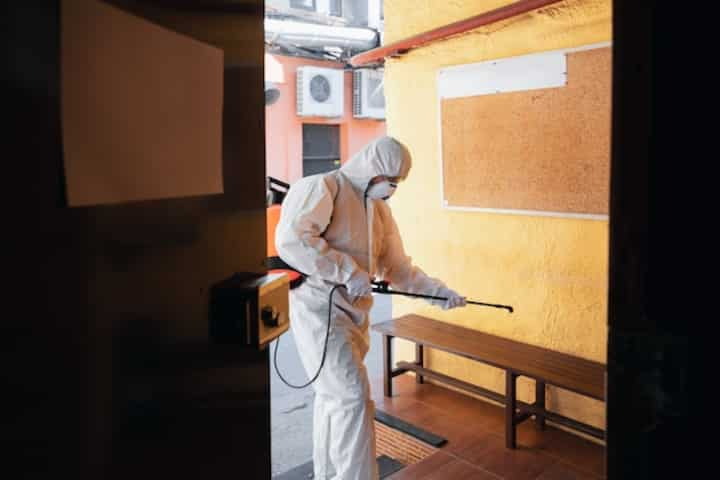
Expert Attic Mold Removal Services Near Me
Attic mold is a common issue that many homeowners face, and it can lead to significant health risks if not addressed promptly. Mold thrives in moist, dark environments, making attics a perfect breeding ground. Understanding the importance of professional attic mold removal services is crucial for maintaining a safe and healthy living environment. This article explores the benefits of seeking expert help, how to identify mold problems in your attic, and what to expect during the remediation process.
Why Choose Professional Attic Mold Removal Services?
Professional attic mold removal services offer numerous advantages over DIY solutions. Here are some key reasons to consider hiring experts:
- Expertise and Experience: Professionals have the necessary training and experience to handle mold issues effectively. They can accurately identify the type of mold and the extent of the infestation.
- Safety Protocols: Mold removal can be hazardous without proper precautions. Experts follow strict safety protocols to ensure the health and safety of household members.
- Comprehensive Assessment: A professional service will conduct a thorough inspection to identify all affected areas and underlying moisture problems.
- Advanced Equipment: Professionals use state-of-the-art equipment and techniques to remove mold efficiently and prevent future growth.
- Preventive Measures: Beyond removal, experts offer solutions to prevent mold recurrence, such as improving ventilation and moisture control.
For more detailed insights on why professional services are crucial, read more about this topic.
Identifying Mold Problems in Your Attic
Signs of Mold Presence
Detecting mold early can save time and money. Look out for these common signs:
- Musty Odor: A persistent musty or earthy smell is often a strong indicator of mold presence.
- Visible Growth: Mold can appear as black, green, or white patches on walls, insulation, or wood surfaces.
- Water Stains: Discoloration or water stains on ceilings or walls may suggest a leak and potential mold growth.
- Health Symptoms: Unexplained respiratory issues, allergies, or skin irritations can be linked to mold exposure.
Learn more about identifying mold issues in this detailed guide.
What to Expect During the Mold Remediation Process
Initial Inspection and Assessment
The remediation process begins with a comprehensive inspection by certified professionals. They assess the extent of mold growth and identify the source of moisture. This step is crucial for developing an effective remediation plan.
Mold Containment and Removal
To prevent mold spores from spreading, experts set up containment areas using physical barriers and negative air pressure. The removal process involves:
- Removing Contaminated Materials: Severely affected materials, such as insulation or drywall, may need to be removed and replaced.
- Cleaning and Disinfecting: Surfaces are cleaned and disinfected using specialized solutions to eliminate mold and spores.
- Drying the Area: Dehumidifiers and fans are used to thoroughly dry the area, preventing future mold growth.
Explore further insights on the remediation process here.
Post-Remediation Verification
After remediation, professionals conduct a final inspection to ensure the attic is mold-free and safe for use. They may also offer recommendations for preventing future mold issues, such as improving attic insulation or ventilation.
For additional information on post-remediation steps, find additional information here.